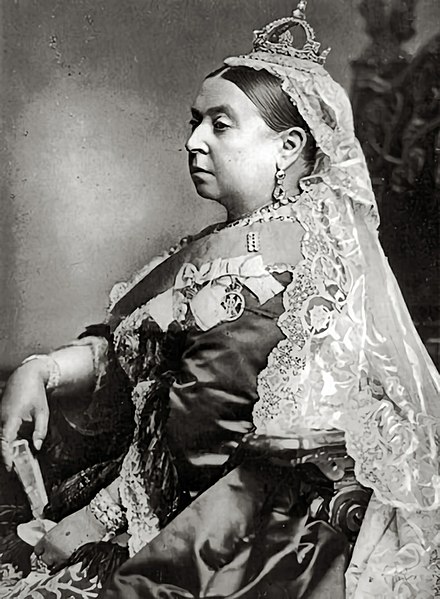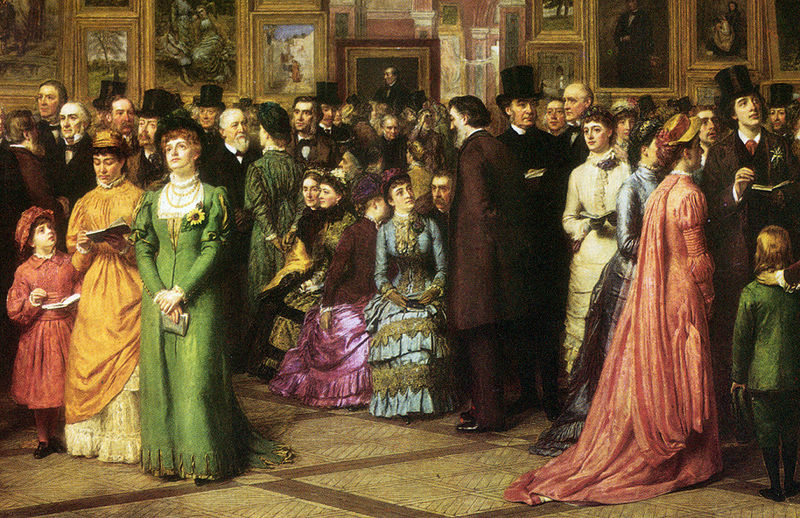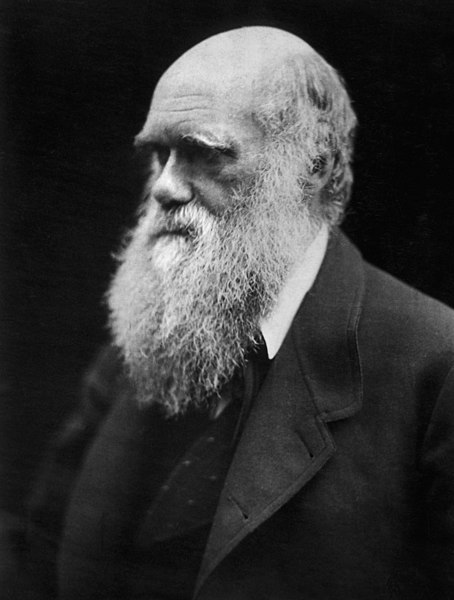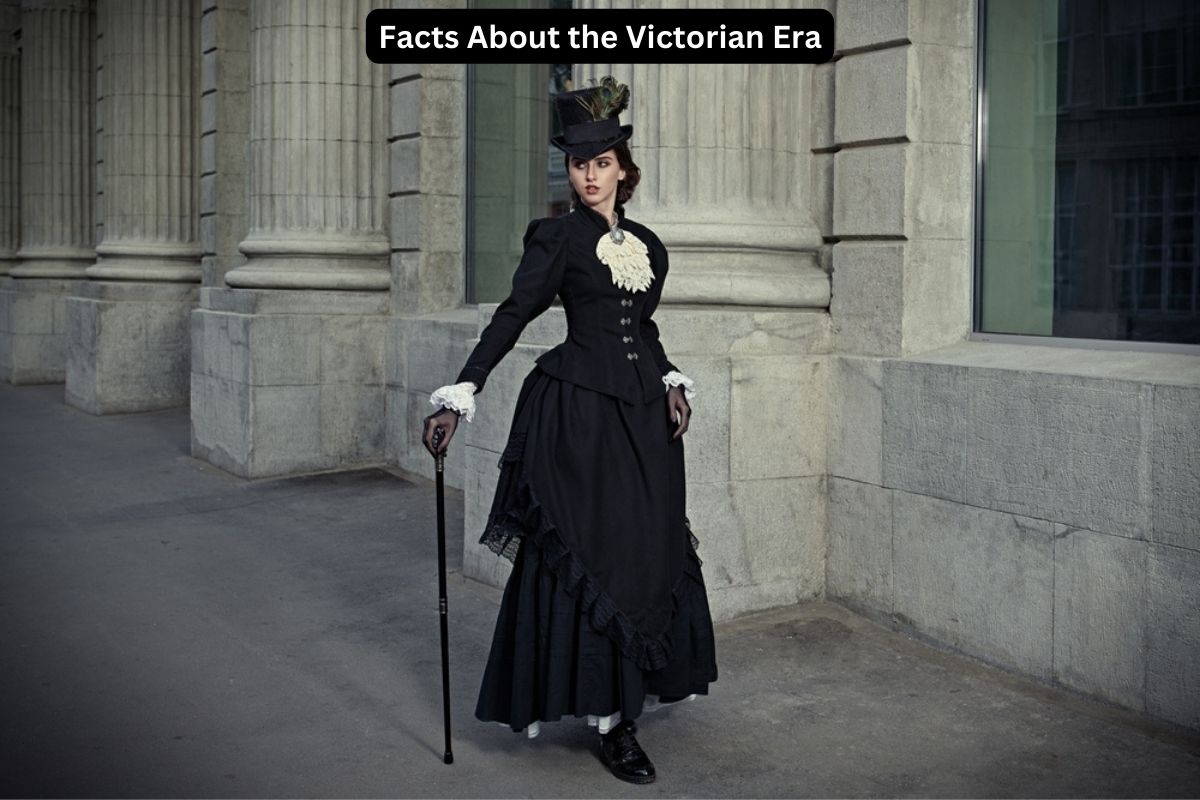The Victorian Era, spanning from 1837 to 1901 during the reign of Queen Victoria, was a transformative period in British history and beyond.
This era witnessed a convergence of significant developments, from the far-reaching impacts of the Industrial Revolution to the strict moral values that shaped daily life.
In this article, we delve into some key facets of the Victorian Era, shedding light on the cultural, social, and historical factors that defined this remarkable period.
Victorian Era Facts
1. Time Period: 1837-1901, during Queen Victoria’s reign
The Victorian Era, named after Queen Victoria of the United Kingdom, lasted from 1837 to 1901. It began when Victoria ascended to the throne at the age of 18 and continued until her death.
This period was marked by a series of significant social, political, and cultural changes that had a lasting impact on the world.

2. Industrial Revolution: Marked by technological advancements
The Victorian Era was inextricably linked with the Industrial Revolution, which was a period of rapid industrialization, urbanization, and technological innovation.
This revolution transformed the economy and society, shifting from agrarian and cottage-based industries to large-scale manufacturing and mechanized production. Steam engines, railways, and new machinery revolutionized transportation and production processes.
Also Read: Timeline of the Victorian Era
This transformation brought about both economic prosperity and social challenges, as people migrated from rural areas to cities in search of employment, leading to the growth of industrial centers.
3. Social Classes: Society was divided into classes
Victorian society was highly stratified into distinct social classes, each with its own privileges, expectations, and challenges. At the top were the aristocracy and the upper class, which included the nobility and wealthy landowners.
The middle class comprised professionals, businessmen, and educated individuals, while the working class encompassed laborers and factory workers. The lowest stratum consisted of the urban and rural poor, facing harsh living conditions and limited access to education and healthcare.
Also Read: Queen Victoria Accomplishments
The divisions among these classes were often rigid, and social mobility was challenging. Victorian literature and culture often explored these class distinctions and the social issues they raised, contributing to a deeper understanding of society’s complexities during that era.
4. Moral Values: Emphasized family, religion, and etiquette
The Victorian Era was characterized by a strong emphasis on moral values, social conservatism, and proper behavior.
This moral code was often rooted in religious beliefs, particularly Christianity, and it influenced various aspects of daily life. Family values were central, and the nuclear family was idealized.
Victorian society placed a high premium on marital fidelity, and divorce was stigmatized. There was also a strong sense of duty and responsibility, with individuals expected to fulfill their roles within the family and society.

5. Fashion: Elaborate clothing, corsets, tailored suits
Victorian fashion was known for its complexity and adherence to social norms. Women’s fashion featured tightly laced corsets that emphasized a small waist, voluminous skirts supported by hoops or bustles, and high-necked dresses.
Modesty was a prevailing theme, with exposed skin considered immodest. Men’s fashion included tailored suits with coats, waistcoats, and trousers. Top hats, cravats, and walking canes were common accessories.
Fashion was not just a matter of personal style but also a reflection of one’s social class and status, with different styles and materials worn by individuals from various backgrounds.
6. Literature: Produced famous authors like Dickens and Brontë
The Victorian Era produced some of the most celebrated authors and literary works in the English language. Authors like Charles Dickens, Charlotte Brontë, Emily Brontë, and Thomas Hardy explored the social issues, moral dilemmas, and human struggles of the time through their novels.
Dickens, for example, depicted the harsh realities of urban life and the plight of the poor in works like “Oliver Twist” and “A Christmas Carol.” The Brontë sisters delved into themes of love and independence in novels such as “Jane Eyre” and “Wuthering Heights.”
These literary works not only entertained but also served as a reflection of the Victorian society’s concerns and aspirations, providing valuable insights into the era’s culture and values.
7. Queen Victoria: Symbolic of the era, long-reigning monarch
Queen Victoria’s reign is synonymous with the Victorian Era, and she played a central role in shaping the period. She ascended to the throne in 1837 at the age of 18 and reigned for over 63 years, making her the longest-reigning British monarch until Queen Elizabeth II surpassed her in the 21st century.
Queen Victoria’s image and values came to symbolize the era’s moral standards, family values, and imperial aspirations. Her marriage to Prince Albert, her support for British industry and the arts, and her strong influence on political affairs all contributed to the era’s character.
Her death in 1901 marked the end of the Victorian Era, and the subsequent period was named the Edwardian Era after her son, King Edward VII.

8. Scientific Progress: Darwin and Newton made significant contributions
The Victorian Era was marked by significant advancements in the sciences. Charles Darwin’s theory of evolution through natural selection, presented in his groundbreaking work “On the Origin of Species” (1859), revolutionized the fields of biology and our understanding of life on Earth.
Meanwhile, Sir Isaac Newton’s laws of motion and universal gravitation continued to be foundational principles in physics. The era saw the development of other scientific disciplines as well, including geology and paleontology, which contributed to a greater understanding of Earth’s history.
9. British Empire: Expanded globally, colonizing many regions
The Victorian Era saw the British Empire expand to its zenith, making it the largest empire in history. British imperial expansion involved the colonization of vast territories around the world, including India, Australia, Canada, Africa, and parts of Southeast Asia.
The empire was characterized by economic dominance, military control, and the spread of British culture, language, and institutions. While the empire brought economic benefits to Britain, it also had a profound impact on the colonized regions, influencing their societies, economies, and cultures.
10. Cultural Legacy: Influenced architecture, art, and literature
The Victorian Era left a lasting cultural legacy that continues to influence architecture, art, and literature to this day. In architecture, the Gothic Revival style gained prominence, characterized by pointed arches, intricate ornamentation, and a return to medieval design elements. Notable examples include the Palace of Westminster (the Houses of Parliament) in London.
In art, the Pre-Raphaelite Brotherhood, a group of painters and poets, rejected academic art conventions and drew inspiration from the art of the early Italian Renaissance. In literature, the works of Victorian authors remain widely read and studied, providing valuable insights into the era’s values, social issues, and human experiences.
